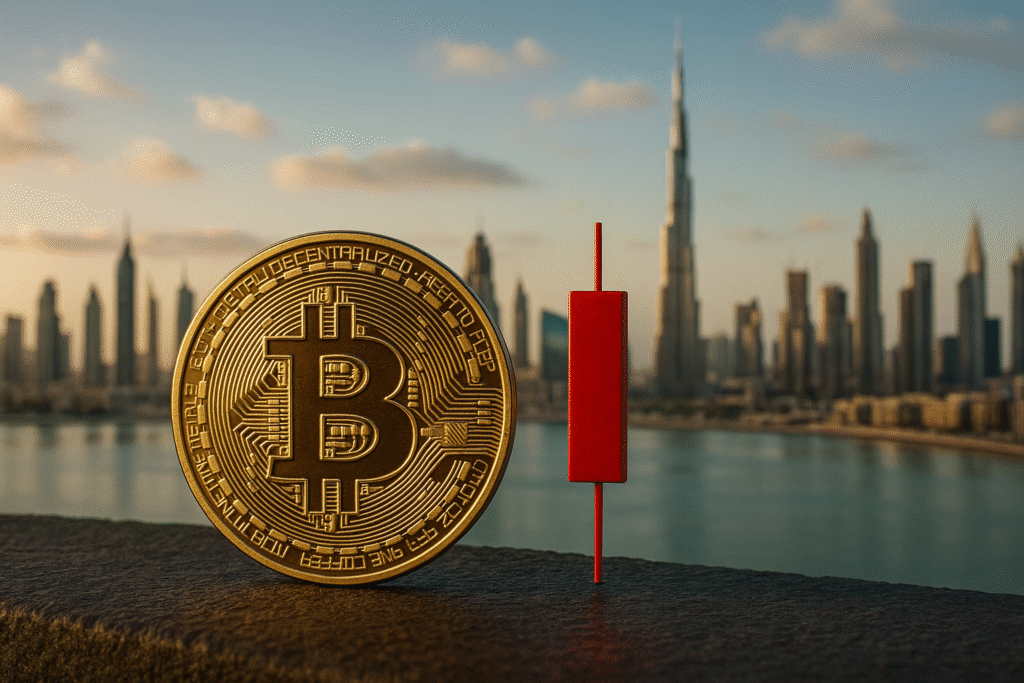The Bitcoin Price Slides to $112K Amid Retail Dump narrative captures the mood of a market where retail enthusiasm has cooled, institutional whales are accumulating, and technical support levels face intense pressure. As someone who remembers the frantic Telegram groups the last time Bitcoin tested levels this low, the sense of unease mixed with opportunity feels eerily familiar. This article explores the current decline, the historical parallels, the UAE investor perspective, and the signals shaping the next stage of Bitcoin’s story.
A Sharp Retreat Below $113K
On August 22, Bitcoin slipped 0.65% to $112,691, extending its monthly losses to nearly 6%. The move leaves Bitcoin trading 9.45% below its August 14 high of $124,457. Volumes have softened alongside this decline. Spot turnover dropped 10.05% to $58.73 billion, while futures volumes fell 9.84% to $69.91 billion. Despite weaker trading, open interest edged up to $81.19 billion, showing that traders are holding positions cautiously.
CryptoQuant analyst Maartunn described the current climate bluntly: “Retail traders behave like tourists — they exit at the first sign of turbulence.” Retail participation fell 5.7% in the past week, reinforcing that sentiment. Dubai’s crypto investors have seen this before, where retail panic creates opportunity for deeper pockets.
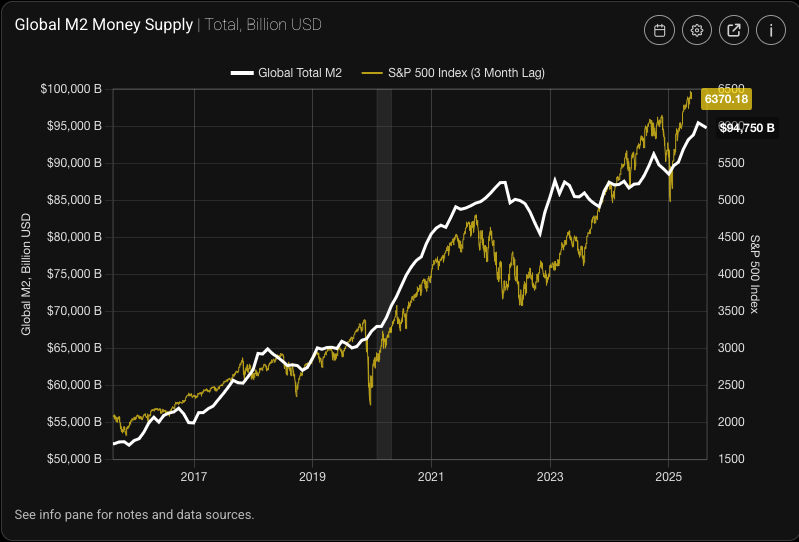
Whale Accumulation: Smart Money at Work
While small holders sell, larger players are active. On August 22, CryptoQuant contributor Caueconomy confirmed whales purchased just over 16,000 BTC. The same behaviour earlier in the month preceded a rebound, sparking cautious optimism. Long-term participants in Dubai often see whale accumulation as the real signal, not the chatter of retail exits.
Glassnode data confirms that short-term holders — those who bought between $113,000 and $120,000 — now face small losses. Their Spent Output Profit Ratio sits between 0.96 and 1.01. Historically, local bottoms often form when this dips closer to 0.9. It reflects a psychological washout moment, where recent buyers capitulate and whales take the other side.
Technical Signals at a Crossroads
Bitcoin is brushing the lower band of its Bollinger Bands, a zone usually associated with oversold conditions but also heightened volatility. The Relative Strength Index stands at 41 and continues to trend lower. The MACD shows a bearish crossover. Shorter-term moving averages (10 to 50 days) maintain downside pressure.
Yet longer-term indicators still tilt supportive. The 100-day and 200-day averages remain upward, and oscillators like the stochastic RSI and Williams %R suggest a small bounce attempt. Traders in the UAE’s thriving OTC desks say the $112,000 level is being watched closely. If it breaks, the focus shifts to $105,000–$108,000 support. If it holds, a bounce toward $118,000 is possible.
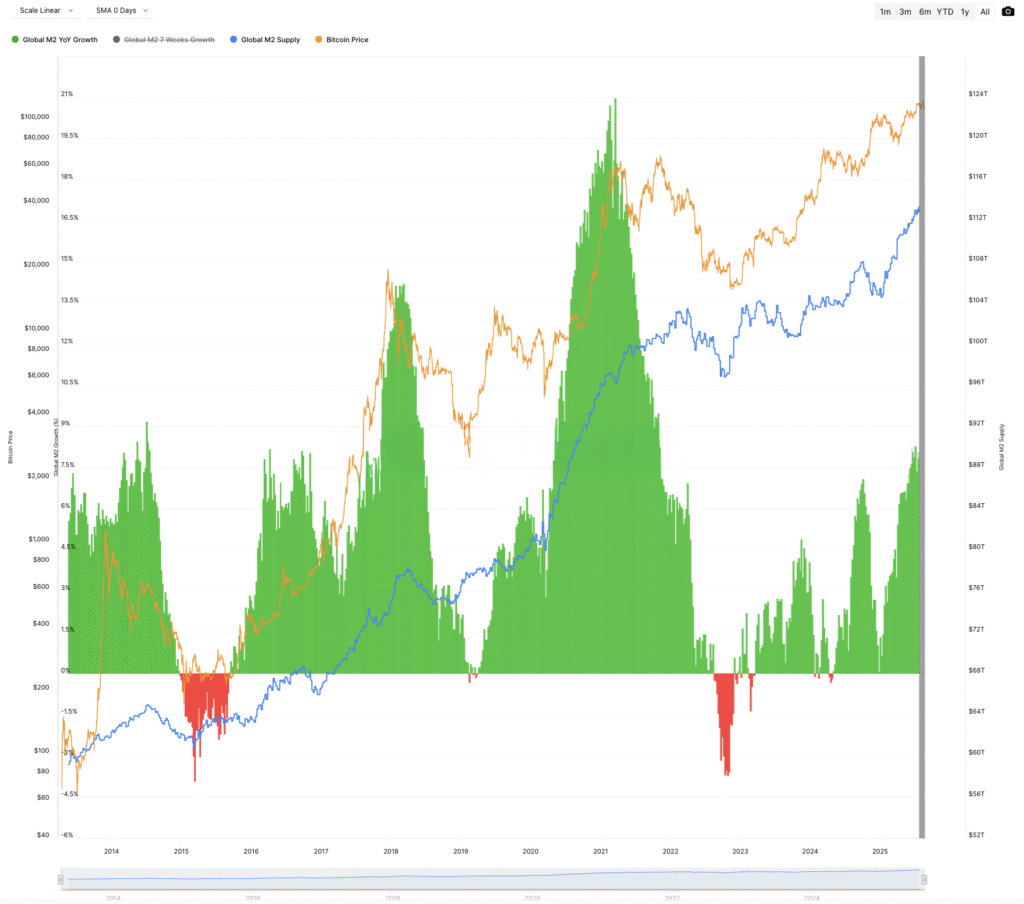
Historical Parallels: Lessons From Past Cycles
The market has seen similar phases before. In 2017, Bitcoin retraced 35% in a mid-cycle correction before climbing to new highs. In May 2021, Bitcoin fell from $63,000 to $30,000 in less than two months, shaking out weak hands before stabilising. Each cycle showed the same pattern: retail panic, whale accumulation, and eventual recovery.
Today’s 9.45% slide from mid-August highs echoes these historical shakeouts. The Spent Output Profit Ratio and retail withdrawal mirror those prior capitulations. For seasoned investors in Dubai, who lived through these corrections, the current price action feels like a well-known playbook: weak hands exit, whales prepare for the next leg.
Retail Psychology vs Whale Strategy
The divide between retail psychology and whale strategy has rarely been clearer. Retail buyers tend to chase rallies and fear dips, while whales seek discounted accumulation. CryptoQuant’s data shows whales entering as smaller wallets retreat. A Dubai-based trader explained it well: “Retail buys the top because it feels safe. Whales buy the bottom because they know safety is an illusion.”
This tension defines Bitcoin’s market structure. In 2025, the presence of institutional players in the UAE — from family offices to regulated exchanges — makes the divide even sharper. Retail may panic, but institutions hold the patience to absorb volatility.
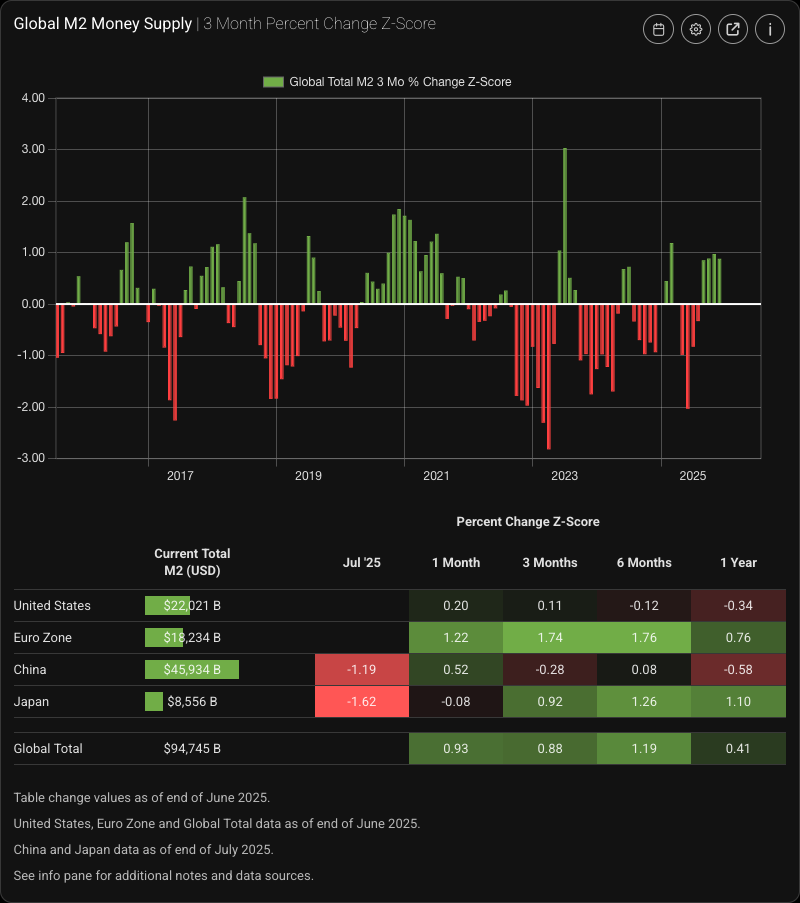
UAE Investors and Regional Dynamics
The UAE plays a unique role in the crypto economy. Dubai and Abu Dhabi have become hubs for regulated exchanges, OTC trading, and crypto-friendly banking. When Bitcoin dips, local investors often see it as an entry point rather than a threat. High-net-worth individuals in Dubai have historically bought during corrections, leveraging wealth fund strategies that prioritise accumulation over trading noise.
At the retail level, the Dubai crypto community reacts with equal parts caution and enthusiasm. Social media chatter spikes with fear when prices drop, yet physical meetups and events show investors pooling knowledge on buying opportunities. Local exchanges report higher KYC registrations during corrections, suggesting that volatility draws new interest even as it scares existing retail participants.
Macro Backdrop: The Fed and Global Risk Appetite
Beyond technicals, the macro environment looms large. Markets await the September 17 Federal Reserve meeting. Current pricing suggests an 81% probability of a 0.25% rate cut. Historically, monetary easing supports risk assets, including Bitcoin. Dubai’s investment community tracks these decisions closely, aware of how global liquidity shapes crypto’s cycles.
If the Fed signals further cuts, Bitcoin could find renewed momentum. If it disappoints, the $112,000 level faces another stress test. In both cases, Dubai’s institutional desks position ahead of time, using dips as risk-managed entry points.
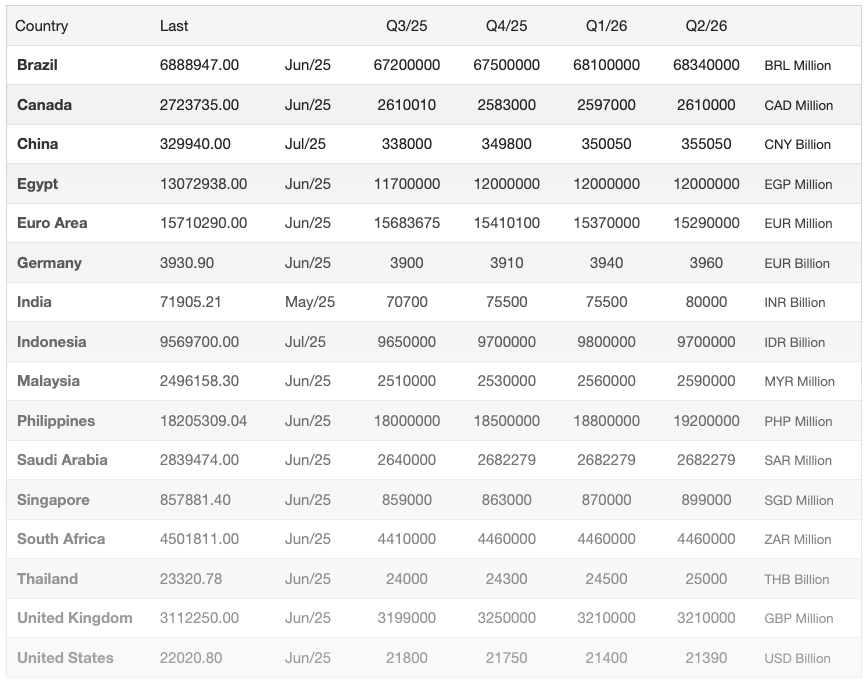
Media Narratives and Market Emotion
The way Bitcoin is framed in global media also influences retail behaviour. Headlines about crashes fuel fear, while stories about whale accumulation often come later. This imbalance reinforces the best opportunities for long-term players. A local investor joked: “When Bloomberg screams panic and the café in DIFC is full of worried faces, that’s when you quietly buy.” The humour masks a truth: media narratives magnify volatility.
Opinionated Edge: Why $112K Feels Different
This correction feels sharper because it tests a level that has acted as both resistance and support. At $112K, the market finds itself in a psychological tug-of-war. In my view, this is arguably the most fragile support retest since May 2021. The difference is that today’s market includes more regulated players, more institutional inflows, and stronger global integration.
For Dubai’s investors, that means the correction is less about survival and more about timing. The whale accumulation suggests conviction. The retail exodus shows fear. Together, they create the ingredients for a local bottom.
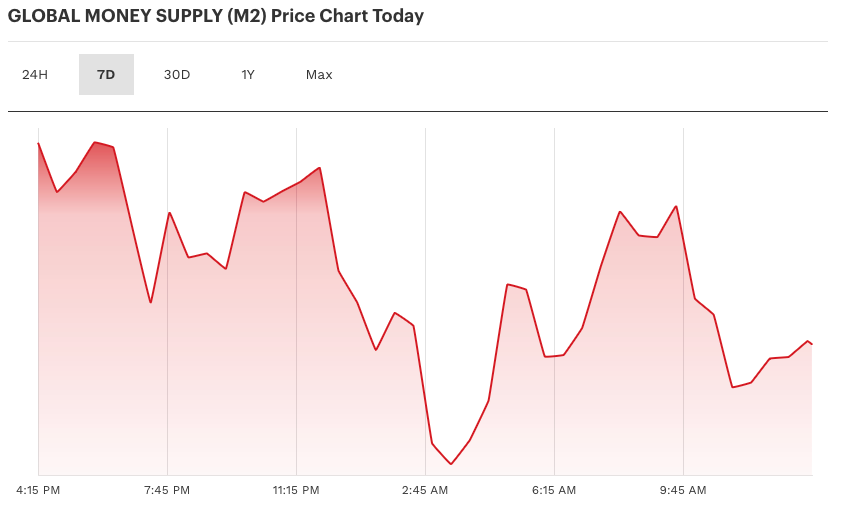
Future Scenarios: Bounce or Breakdown?
If $112K holds, expect a relief rally toward $118K. This scenario depends on continued whale buying, supportive macro signals, and retail stabilisation. If $112K fails, the next support lies at $105K–$108K. A break of that zone risks deeper corrections. The Fed’s September decision adds an unpredictable variable. Historically, dovish pivots boost Bitcoin. Hawkish surprises pressure it further.
For investors in Dubai, both outcomes represent opportunity. Either accumulate on dips with long-term conviction, or ride the relief rally. The city’s culture of bold investing makes both paths part of the conversation.



